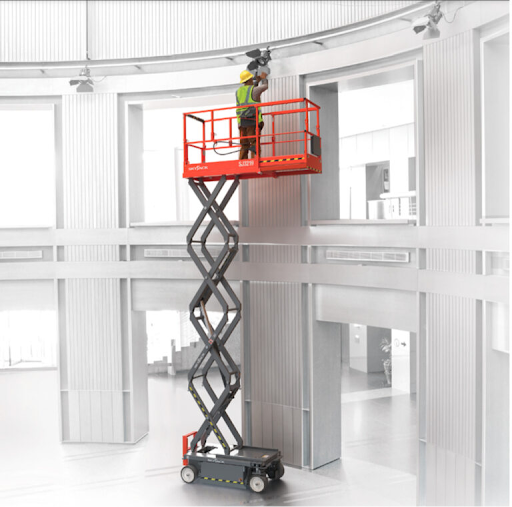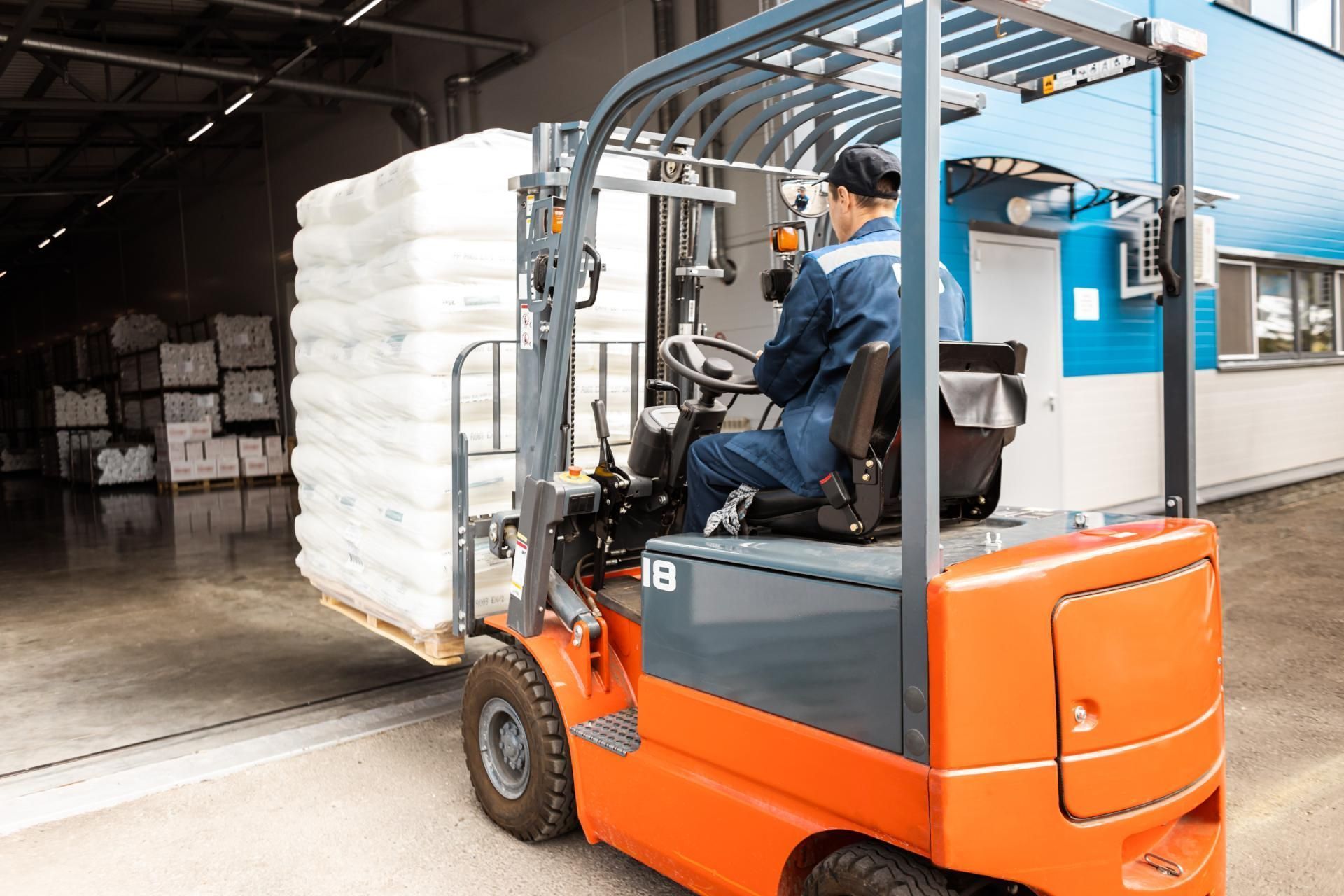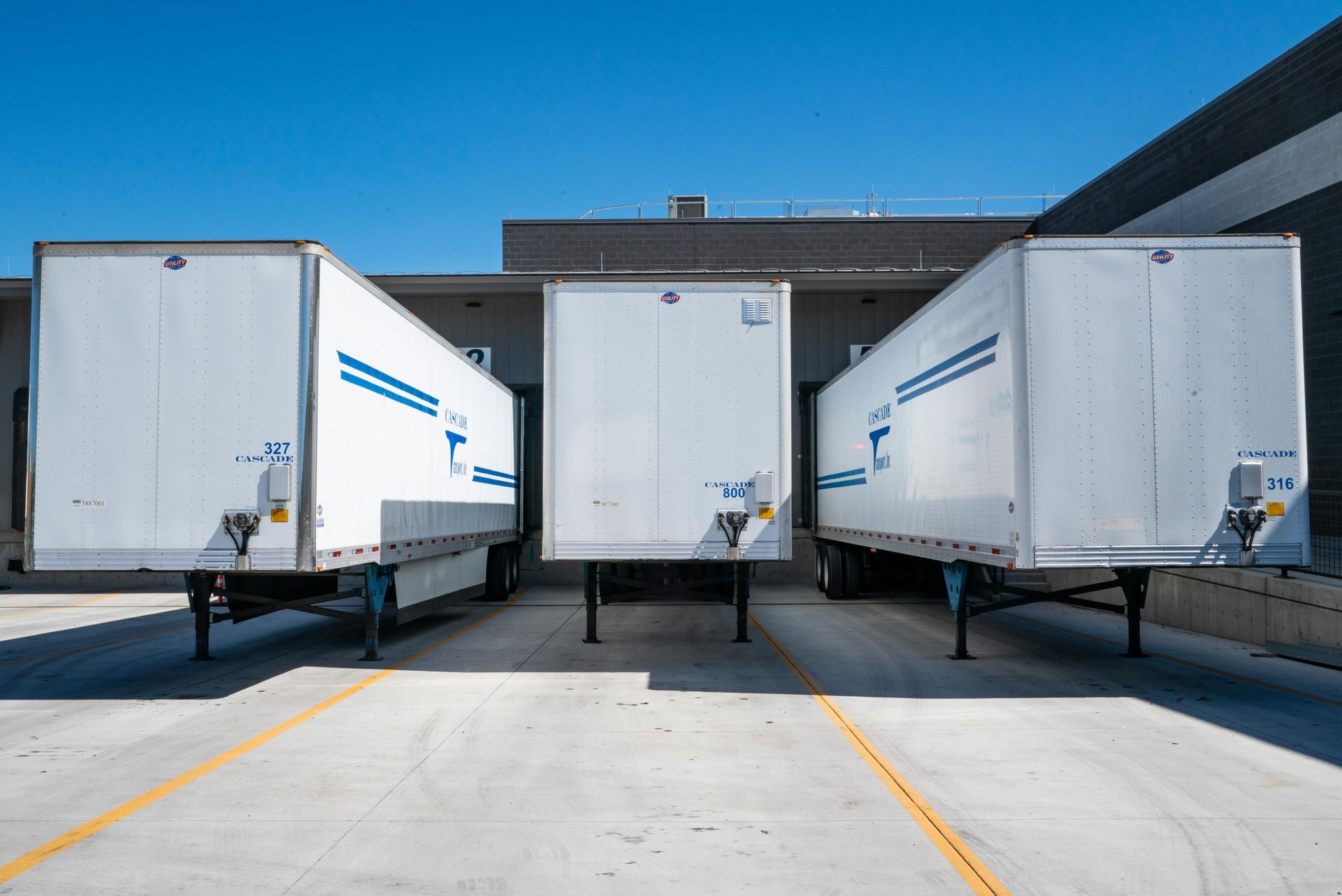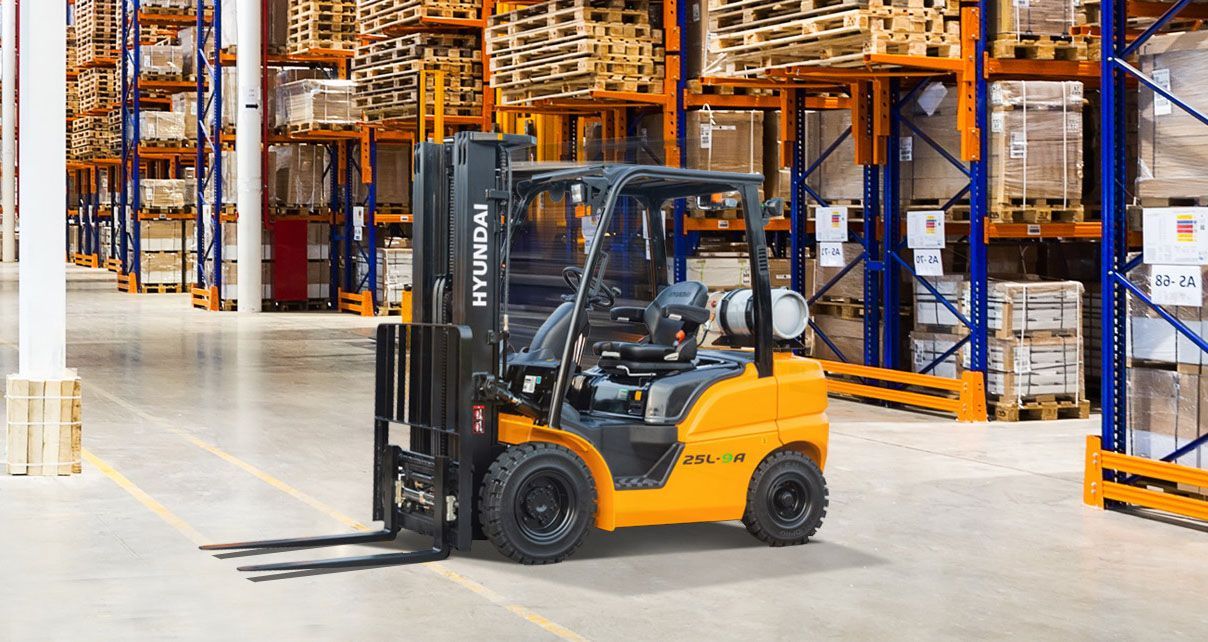When to Replace Your Forklift
Forklifts are an integral part of the success of warehouse management, and we want to make sure you’re making an educated purchase if you’re looking to upgrade your fleet. Start your research here if you’re looking to replace the forklifts in your warehouse. Don’t hesitate to reach out to our team with any follow-up questions.
As experienced forklift dealers, we’ve helped plenty of customers find the exact forklift that suits their needs. You don’t have time to worry about your equipment when you’re working on getting materials where they need to go and products out the door. Investing in suitable forklift types ensures that your logistics operations run smoothly and save you from unnecessary headaches.
From knowing the signs of trouble to beefing up safety training after a forklift fleet upgrade, there are a handful of key considerations to remember as you research forklifts.
How You’ll Know Your Forklifts Are Failing
When the forklift is turned on, its exhaust (assuming it’s gas-powered, of course) should be minimal and disappear as the vehicle warms up. If your forklift starts emitting blue smoke, it’s a sign there’s a leak somewhere – usually around the piston rings, but maybe in the radiator, transmission, mast, and/or differential. With or without a load on board, the mast should go up and down smoothly, without slippage or binding. If your forklift’s mast starts exhibiting herky-jerky behavior, that’s a bad sign.
Dead man hours are the most important criteria – when the forklift operator is standing on the dead man’s pedal, the machine is in use. With this in mind, we can now bring age into the equation to create a baseline for heavy usage. A forklift that’s five years old and has 12,000 dead man hours on it is probably due for replacement.

Different Types of Forklifts Do Different Jobs
The warehouse forklift is arguably the most common and recognizable piece of equipment in and out of a warehouse. A warehouse forklift truck resembles a golf cart with two forks extended outward from the front. Warehouse forklifts are used to move inventory and load and unload pallets from delivery trucks.
Pallet jacks are specialized forklifts that are designed to lift pallets. These forklifts don’t have much power or maneuverability. Still, they’re compact enough to travel through the warehouse door and transport pallets — proving them to be a valuable tool for warehouse management.
Don’t Forget Forklift Safety
If it’s been a while since you’ve purchased a new forklift, revisit the basics and train employees on these standards. However, regardless of the lift type and its application, there are some universal safety best practices, including regular maintenance of forklift equipment.
Forklifts that need repair or replacement must be out of operation until they function correctly. That means you need an equipment partner who will perform routine preventative maintenance and inspections of material handling equipment to minimize breakdowns. Better yet, that partner should provide rental equipment to reduce downtime.
It’s Time to Call Us
Replacing or upgrading the forklifts in your facility can be a costly investment with plenty of return. Make this decision carefully! Our professional staff will help find you the machine of your dreams. We even refurbish old forklifts to their former glory.
Benco customers count on us to ensure their industrial equipment is in top shape. We perform routine preventative maintenance and inspections of material handling equipment to minimize breakdowns. If a forklift or other piece of equipment goes down, we’re not only on call to fix it, but we’ll bring you a rental forklift to ensure the warehouse doesn’t have catastrophic downtime. Contact us today!
The post When to Replace Your Forklift appeared first on Benco Industrial Equipment.




